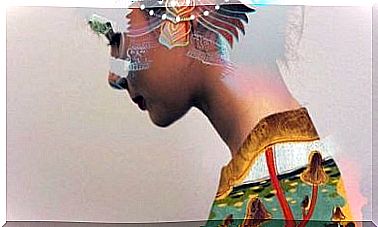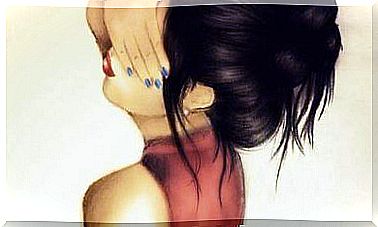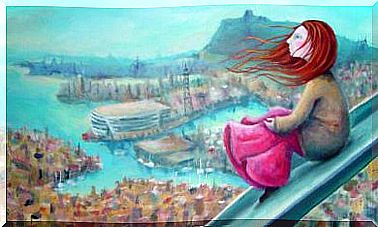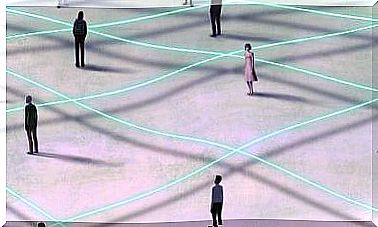Two Counterintuitive Strategies To Solve Problems

When talking about counterintuitive strategies, reference is made to methods that conflict with what intuition tells us, but that ultimately work, against all odds. They are born from the idea that what we think is common sense sometimes misleads us.
The usual thing is to start from the idea that superficial logic is the key that opens all doors, that solves all problems. There are some reasonable steps, ranging from identifying the difficulty, going through the approach of possible solutions, the process of weighing them and choosing the most appropriate one.
However, sometimes this does not work. As much as we follow the sequence, we are not able to design a good plan. This is when counterintuitive strategies can be of great help in unlocking yourself and solving the problem at hand.
Counterintuitive strategies
Faced with problems, especially if they affect us emotionally, we tend to adopt defensive strategies, focused on deficiencies, absences or difficulties. Be part of the idea that by thinking about them, and rethinking them, you will find a viable solution. This, however, what usually ensures is a feeling of anguish.
Anxiety is not the best counselor. By turning to the same problem and not finding reasonable solutions, it is most likely that this increases the anguish and what we call mental fog appears – our brain becomes saturated. Sometimes also the lack of solutions leads to new problems.
On many occasions, the brain needs enough patience to draw up strategies that we have not used. A new situation can make existing routes useless. At that point it may be a good idea to go for counterintuitive strategies. The following are two of them.

1. Blur ourselves, instead of focusing
This is the opposite way of focusing all our attention on the problem. To solve something, we are supposed to focus on it, until we fully understand it and find a way out. However, within the framework of counterintuitive strategies, we have all found the solution to a problem when we have left it in the background.
In many cases, what is recommended is to look for the blur. This means leaving the cloister of the still unsolved difficulty. Rather than trying to structure a solution, the idea is to disperse it. This is accomplished, first, by moving away from the problem as such.
Second, broaden your perspective. To do this, we can ask other people who may have faced a similar difficulty. Having someone who has successfully used a new strategy for us will undoubtedly provide us with an extra dose of security, sometimes necessary.
On the other hand, sometimes someone proposes an absurd and inapplicable solution, but their vision ends up lighting the flame of a good idea to get out of the quagmire.
It is very likely that by blurring, however, you will stand up so that the anxiety is reduced. A calm mind is much more capable of seeing and of finding viable ways to overcome mental obstacles.

2. Exaggerate it to the fullest
The second of the counterintuitive strategies is to use hyperbole, or exaggeration, in a constructive way. The idea is to oversize the problem. This means assuming that its effects and consequences are as serious as they could be. The goal, also in this case, is to adopt a new perspective.
The mental exercise of exaggerating a problem is something that alone helps to see it in greater detail and, perhaps, to find aspects that had not been seen before. Therefore, in order to exaggerate to the maximum it is possible that the situation is better understood and the key points detected with more precision.
Likewise, this is one of the counterintuitive strategies that, in one way or another, increase the pressure. However, in this case that pressure can help us. Therefore, you can give us a hand in framing the thought better, without causing the same effects that anxiety would generate.
Both counterintuitive strategies are particularly useful when faced with puzzling problems. Also, as indicated, when after thinking a lot, no solutions are found.









